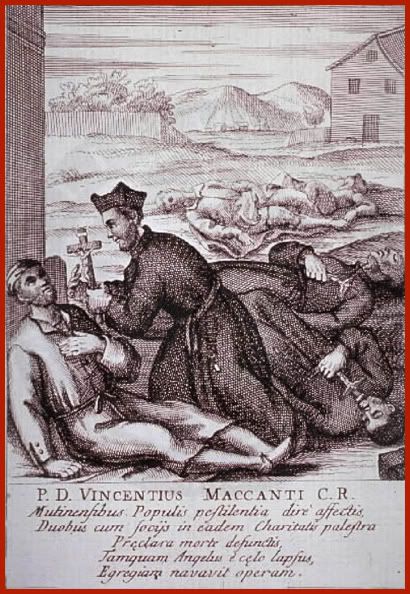The black death begun in the Medieval England between 1348-1350 that caused segregation and destruction life. The disease killed 1.5 million out of an estimated total of 4 million. Seeing that they had no medial knowledge they had to cope with the disease. During the 14th century, the black death was giving the name bubonic plague.
The first signs of the plague were painfully swollen lymph nodes, lumps on your groin and armpits. These tumors could range in size from that of an egg to that of an apple. Then, after, lead to black blotches on the skin, that appeared on your arms, legs and other parts of your body and bleeding from the lungs filling them with fluid causing victims to spit up mucous and blood

The bubonic plague was caused by the bacillus Pasteurella pestis (Yersinia pestis), transmitted to persons by Infected fleas that attached themselves to rat. Almost every victim died within three days without a fever. The belief that God was upset with them, they showed their love and devotion by whipping themselves to be forgiven of their sins and hope that God would be spare them from the Black Death.
One-third of Europe’s population died. Mortality rates were estimated between 25 and 38 percent; as the disease spread, both cities and rural areas suffered. Finding it difficult to keep up with the responsibility of so many burials, some cities abolished burial fees and others participated in mass funerals. The most devastating aspects of the Black Plague was fear of helping the sick. Touching the clothing of someone who was ill could be fatal. Families deserted their own fathers, mothers, and even children. Abandoned plague victims lay dying in the streets. Families who stayed with loved ones often paid the price, forced by towns people to be sealed up in their houses, healthy and sick alike, amounting to a death sentence for all. The segregation of the sick was ordered in many cities.
To many historians, the Black Death marked the end of the Middle Ages and the start of the modern age. Its devastation cleared the way for Europeans to begin to reorganize their societies, to systematize landholding relations between owner/farmer and tenant/laborer on the basis of rent, and to strike a balance between capital and labor.
Pocketful of posies
Ashes, ashes (or Achoo, achoo)
We all fall down.


No comments:
Post a Comment